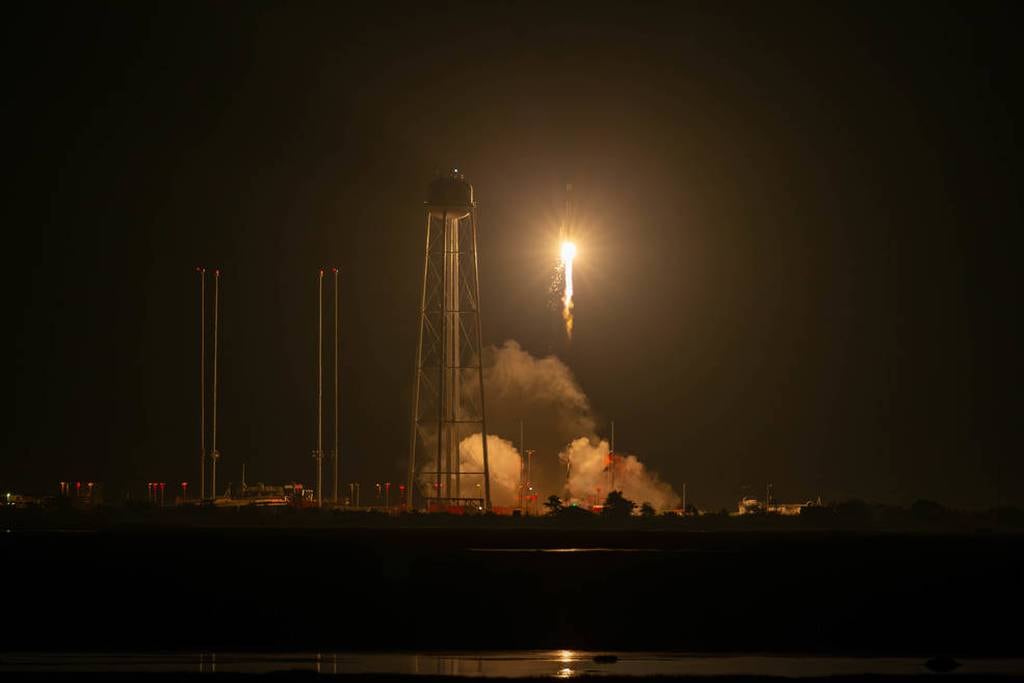WASHINGTON — A U.S. Defense Department program aimed at increasing the frequency of hypersonic testing launched its first demonstration June 17 using a Rocket Lab space vehicle.
The launch took place at NASA’s Wallops Flight Facility in Virginia and demonstrated the Multi-Service Advanced Capability Hypersonic Test Bed, or MACH-TB, program’s first suborbital flight of a hypersonic payload.
MACH-TB is led by the Pentagon’s Test Resource Management Center and the Naval Surface Warfare Center’s Crane Division. The team selected Leidos as the program’s prime integrator last September, and California-based space company Rocket Lab is one of 12 subcontractors supporting the effort.
“This successful test has demonstrated [the] first hypersonic insertion of a payload from a commercial launch vehicle and the team is ready to move forward into the next phase of this program,” Leidos CEO Tom Bell said in a June 19 statement.
Hypersonic vehicles can fly at speeds of at least Mach 5, and the Pentagon in recent years has increased its investment in high-speed weapons and aircraft as Russia and China demonstrate systems of their own. A lack of test facilities and equipment, particularly to support flight demonstrations, has limited the number of flight tests major programs can perform, and MACH-TB is part of DoD’s push to remedy that.
Along with serving as the program’s technology integrator, Leidos is developing an experimental glide body that can be used to test hypersonic capabilities that could support a number of Defense Department programs.
During the first phase of the effort, the team is developing a test plan for MACH-TB, prioritizing and scheduling demonstrations based on program needs. The first test took just 49 days from conception to flight, and Leidos expects future demonstrations will build on that cadence.
The June 17 launch was also the first flight of Rocket Lab’s Hypersonic Accelerator Suborbital Test Electron, or HASTE. The vehicle is a derivative of the company’s Electron rocket, featuring a modified “kick stage” that can carry up to 1,540 pounds and deploy a variety of hypersonic payloads.
“The success of this mission demonstrates collaboration across government and industry partners to change the paradigm in hypersonic testing,” said Brian Rogers, Rocket Lab’s senior director of global launch services, in a statement. “HASTE enables the frequent, affordable flight testing needed to advance the nation’s hypersonic technology development.”
The rocket will also support the Defense Innovation Unit’s Hypersonic and High-Cadence Airborne Testing Capabilities program, which is expected to log its first test flight next summer.
Courtney Albon is C4ISRNET’s space and emerging technology reporter. She has covered the U.S. military since 2012, with a focus on the Air Force and Space Force. She has reported on some of the Defense Department’s most significant acquisition, budget and policy challenges.








